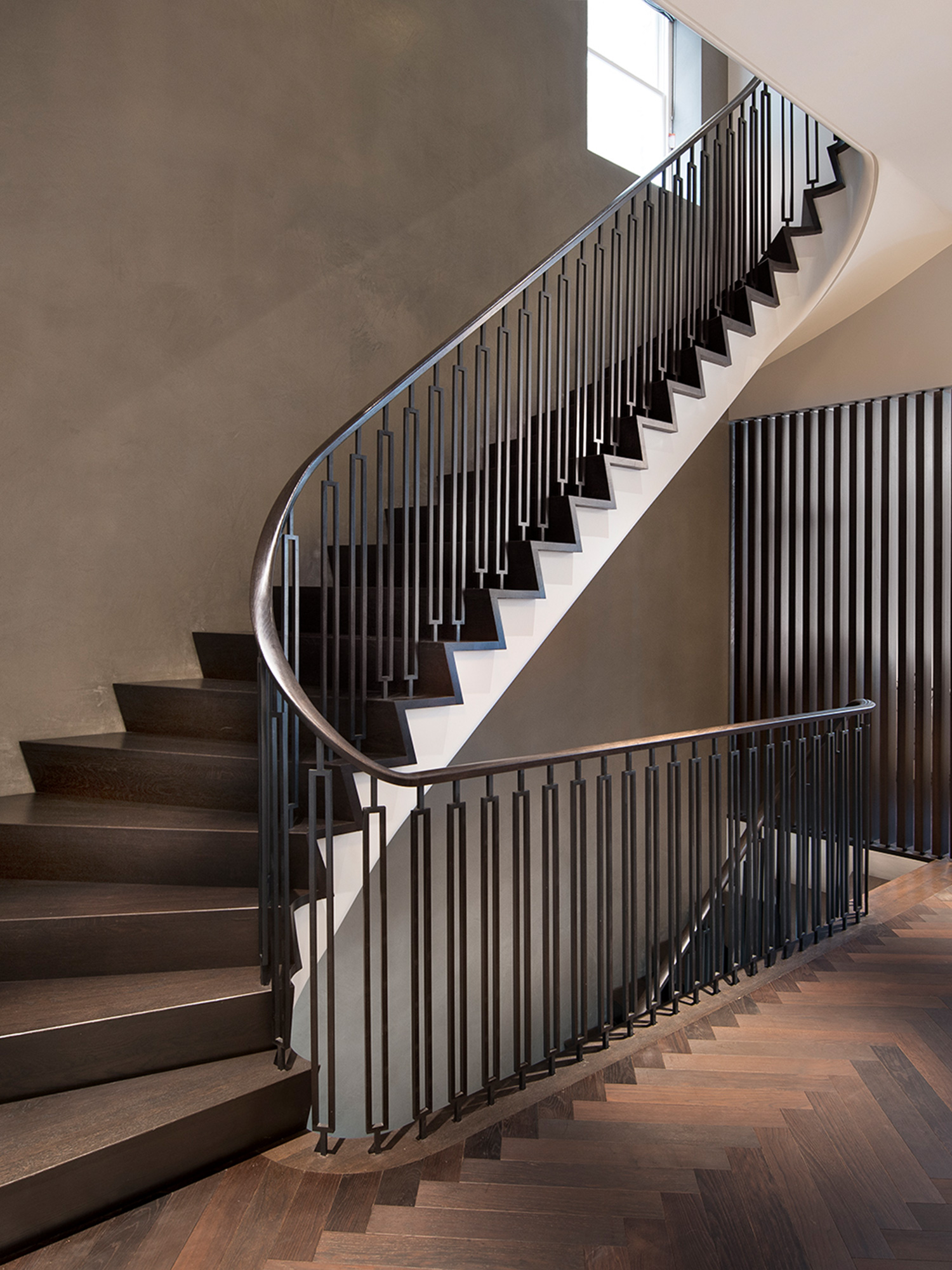

Why choose Element7
Read about why clients choose Element7 – from our story, charting our growth into the globally renowned business that we are today; appreciate the individual characteristics which make our floors truly unique; understand how we source and produce our floors and discover the details of our meticulous installation service.
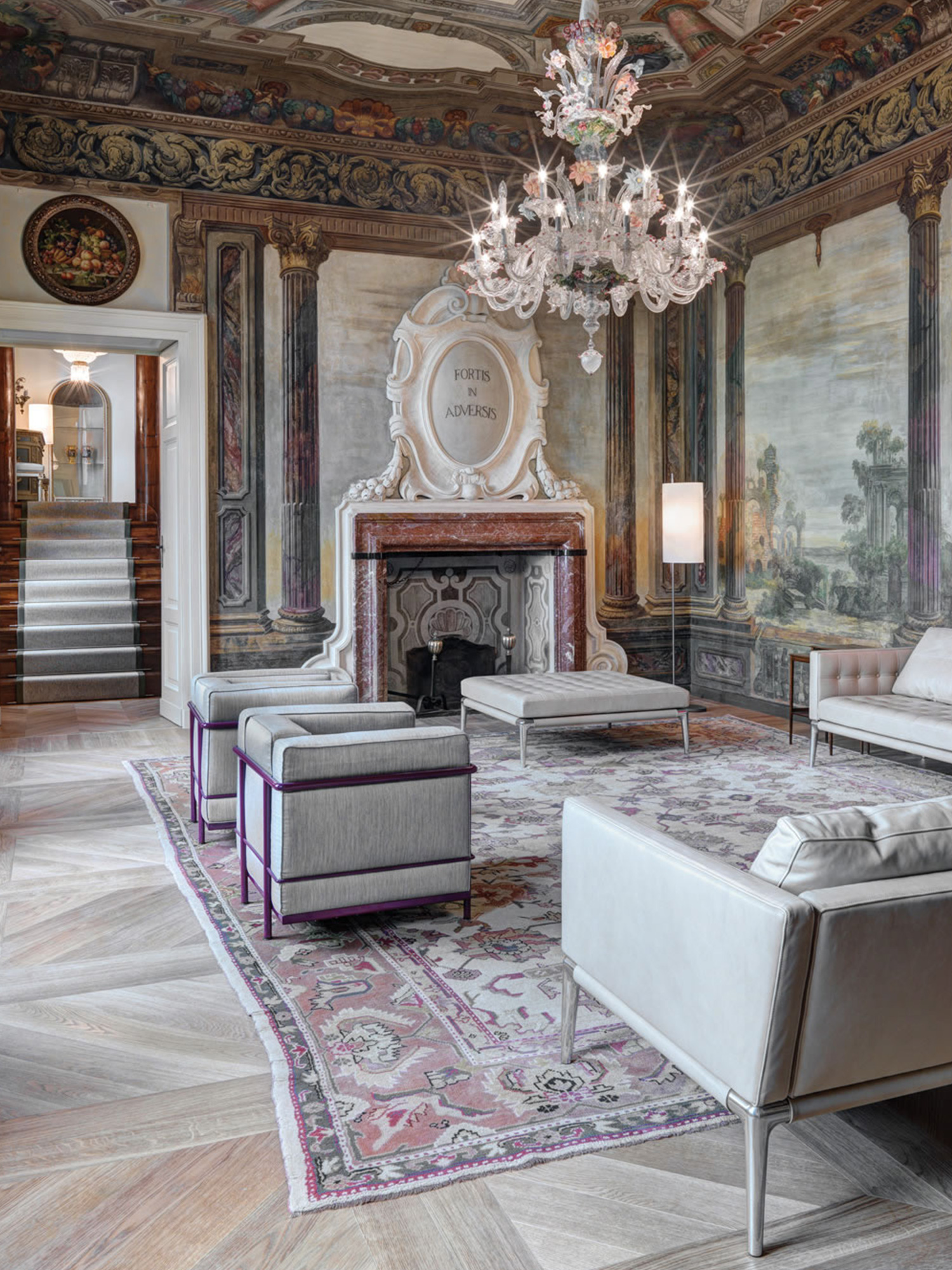
Creating The Industry Benchmark
From our early beginnings as an up-and-coming company with an industry-first product more than two decades ago, we have grown into an award-wining, globally renowned name; the market’s foremost authority on exceptional floors.
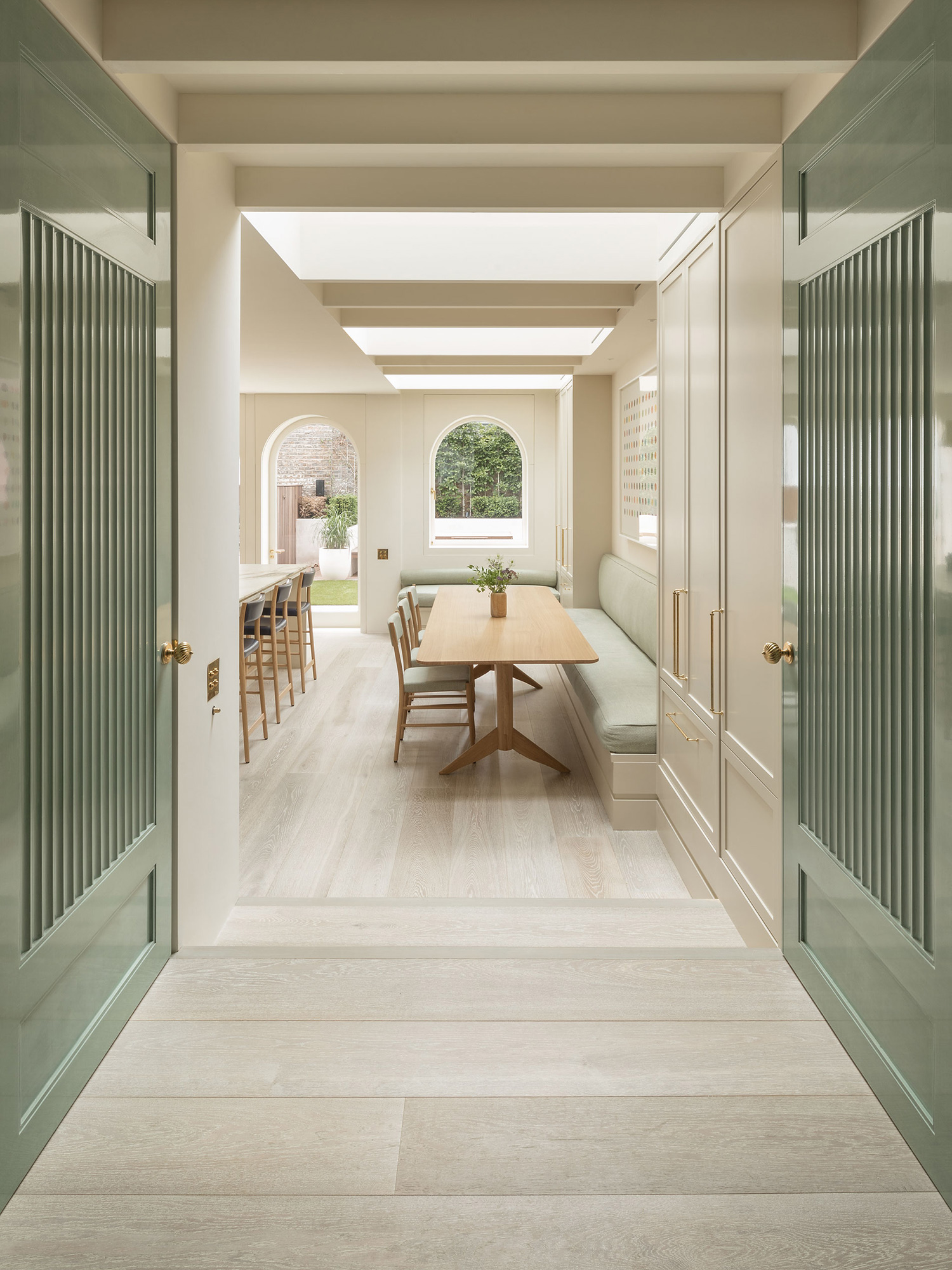
Exceptionally Engineered
Combining unrivalled structural integrity with the technical supremacy of our finishes; understand why an Element7 floor is a truly unique luxury world-class floor that will last a lifetime, without refinishing.
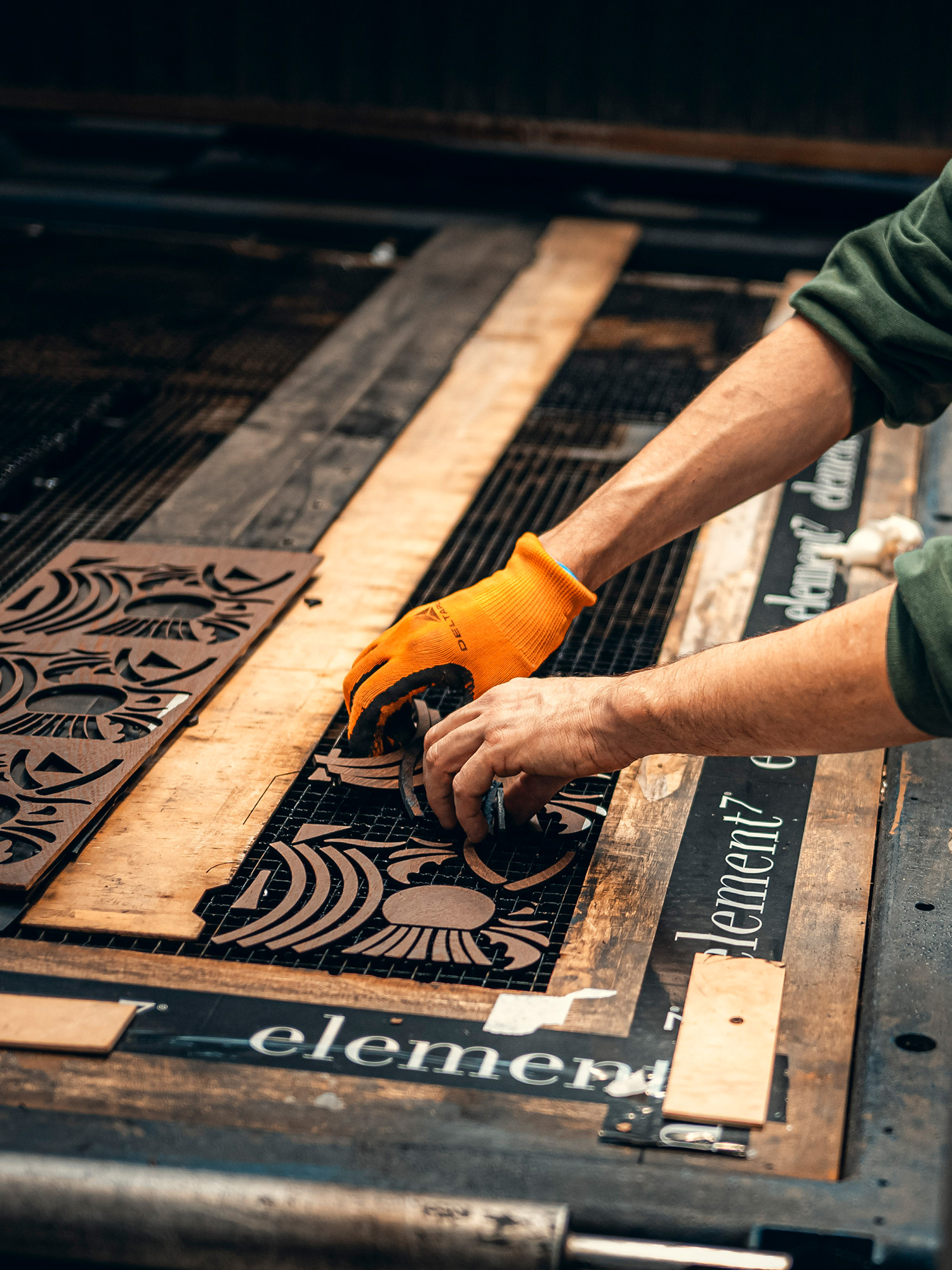
Natural materials, responsibly sourced
From sourcing and manufacture to engineering, finishing and beyond; every stage of our process is carried out with the environment in mind and produced to our own meticulous specifications.
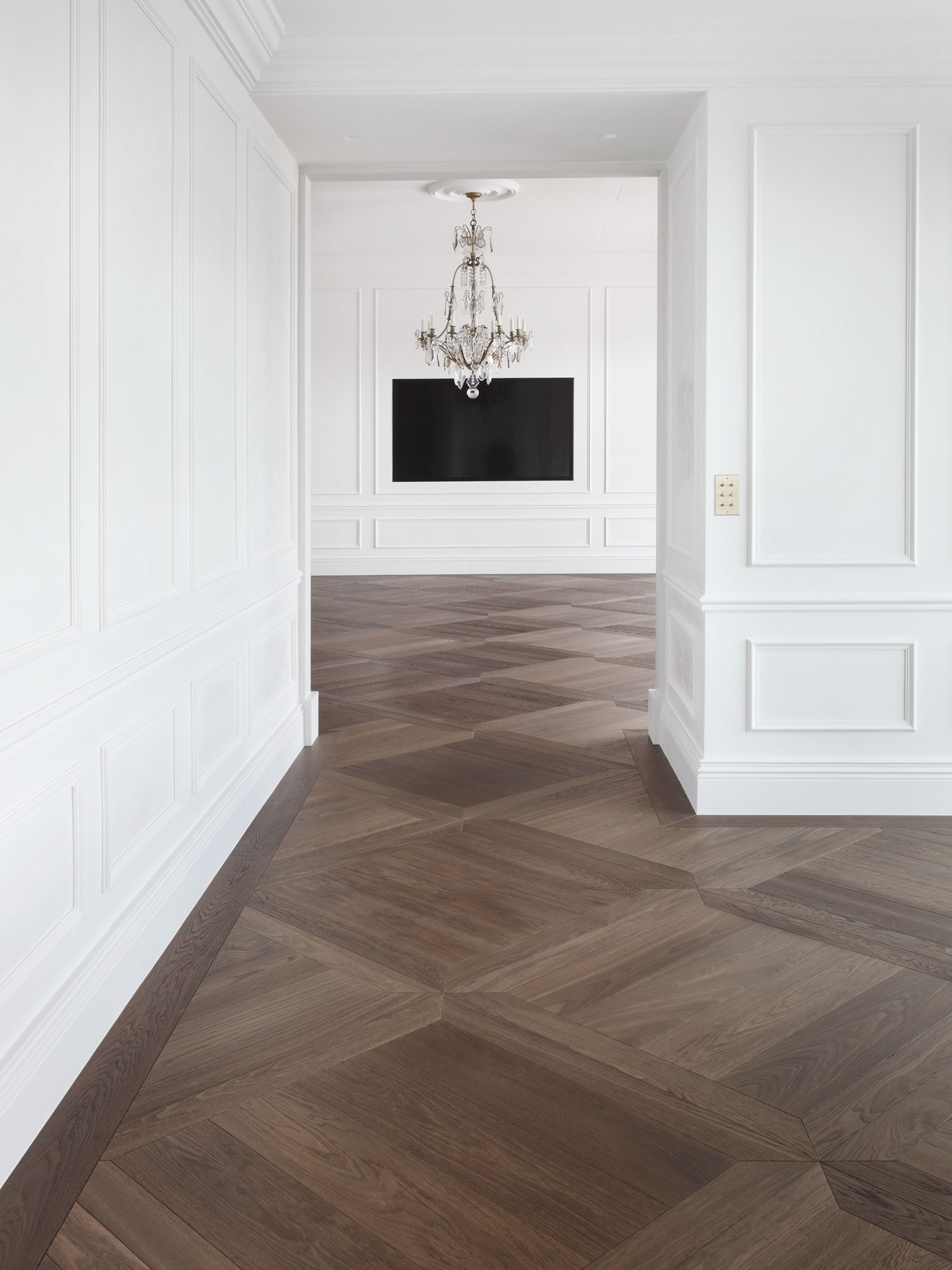
Element7 installation service
We treat every installation as bespoke – carefully selecting and inspecting each board to ensure the most harmonious aesthetic effect. Nothing is rushed, whilst everything is considered; resulting in an exquisite floor fitted with the utmost finesse.
Element7 floors are not only beautiful, but also feel fantastic underfoot. Their products are something I return to time and time again when speaking of engineered hardwood flooring with clients. Their products exude true quality.
Studio C New York
Interiors & Design Practice
Ocean Home Top 50 Coastal Interior Designer